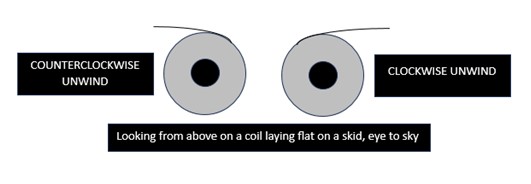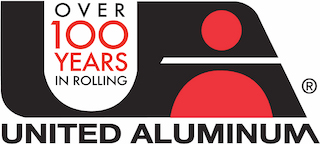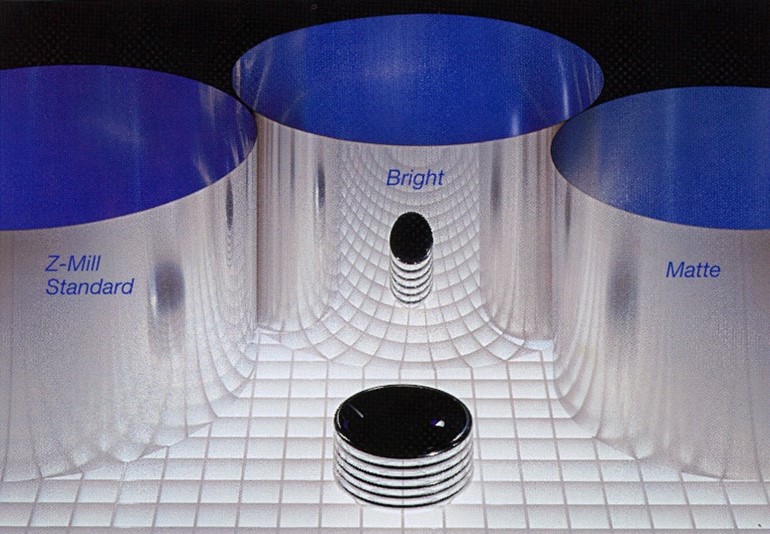When ordering aluminum in coiled strip form there are some terms you should be familiar with. These include alloy, temper, gauge and width, along with specific tolerances on the gauge and width. Today, we’ll explore these words, and several key questions that will help better prepare you for quoting and ordering aluminum coil.
There are other important terms required to specify your aluminum coil needs. The terms ID and OD, for example, refer to the “Inner Diameter” (or the hole, sometimes called the “eye”) in the center of a coil, while the OD is the “Outer Diameter”. These are typically expressed in inches or millimeters. Your application may even require a minimum OD, and should always specify a maximum OD (limit of size coil your equipment can process).

Related to coil size is the term “PIW” or Pounds per Inch of Width. PIW is another way to express how large or heavy a coil should be at a given width. For example, a coil that is 400 pounds and is 3” wide has a PIW of 133.3 Pounds “per inch of width”. If you know the ID and the PIW you can also calculate the OD of that coil. One of the many resources United Aluminum offers is a handy calculator to help you understand what size of coil you need for your application via the link here: https://unitedaluminum.com/aluminum-technical-data-coil-calculator-and-resources/aluminum-coil-calculator/
Note that different alloys have slightly different densities, which may change your results!
Another key component of your spec is Surface Finish required. Surface finish of aluminum coil is measured in “Ra” as a measure of the relative roughness of the surface. A “typical” major mill finish is approximately 12-16 Ra. United can offer a wide variety of finishes including “brite” at 1-2Ra, “Standard Z-mill” at 3-6 Ra, brighter than typical 4-high mill, and a Matte finish similar to major mills at 12-16 Ra.
Other terminology to know includes “Eye to the Sky”, pictured below, and “Unwind Direction”, which refers to cut laying flat, unwinding from the clockwise or counter-clockwise from the ID to the OD. With the coil core vertical (“eye to the sky”) and viewed from above, a trace of the metal edge from the ID to the OD involves a counter-clockwise movement. Counter-clockwise unwind is standard unless otherwise specified)

Some other things to consider when ordering coiled aluminum strip:
- Do you need a core? (an insert in the ID made of fiber, heavy duty fiber, or aluminum)
- Do you have a max skid weight, include the material, skid and all packing materials. This is important to when considering how you unload trucks – does your company use forklifts, cranes, or something else?
- Do you have a max skid height or width to fit into your production line?
- Do you require any special packaging like boxing (used commonly for exports)?
- Do you require additions like strippable PE plastic coating, or painting?
All of these questions are important to make sure your order is exactly what you need. At United Aluminum, we pride ourselves on helping companies and teams develop new applications. Our experts are ready to give you old-fashioned customer service over the phone and via email, whether you are working on an old project, a new project, or are new to aluminum coil.

